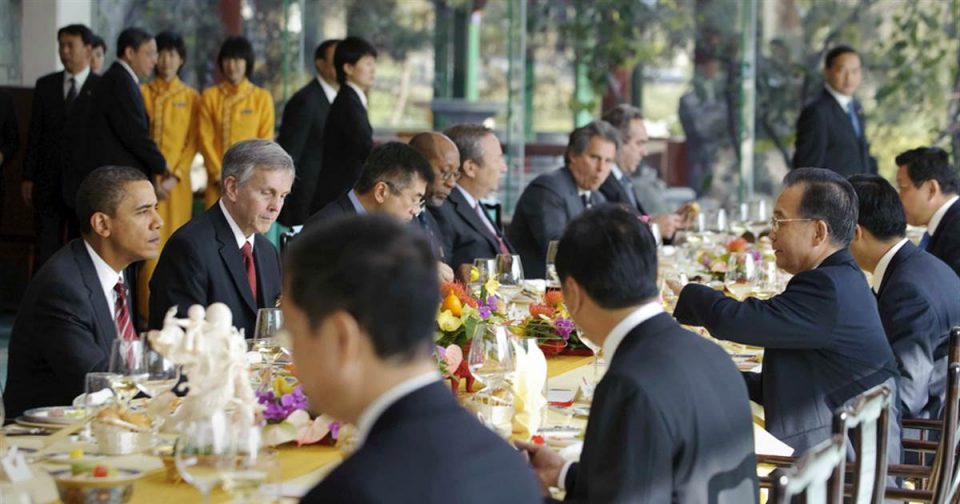The United States sought to allay outrage over the April 7 intrusion into India’s Exclusive Economic Zone (EEZ) by invoking security cooperation in the Indo-Pacific region. Yet, it continued to defend the naval operation, saying it demonstrated American support for international law and freedom.
The USS John Paul Jones, a warship of the 7th Fleet, the largest US naval formation, sailed past the Lakshadweep islands deep inside India’s EEZ of 200 nautical miles without seeking New Delhi’s prior permission.
The “operational assertion”, as the US calls such naval manoeuvres, are conducted under a 1979 Freedom of Navigation Programme intended to challenge maritime protocols required by coastal nations that the US believes are “excessive maritime claims”.
The American warship “conducted a routine Freedom of Navigation Operation in the Indian Ocean”, a US defense department spokesperson said in a statement on Tuesday. “This operation demonstrates longstanding US support for international law and freedom of the seas worldwide.”
The spokesperson added, “We value our partnership with India on a wide range of issues, including regional security across the Indo-Pacific.”
By invoking Indo-Pacific security cooperation, the US appeared to be pushing back against criticism by directing attention towards the bigger picture – the threat from China – and recent strides made in this regard, the first-ever summit of the leaders of the Quad.
The US has been conducting these operational assertions in India’s EEZ and territorial sea jurisdictions since 1985.
The one on April 7 triggered unprecedented outrage in India, possibly because the 7th Fleet announced it in a statement that some experts said had an “aggressive tone”. India’s external affairs ministry responded with a statement saying, “The USS John Paul Jones was continuously monitored transiting from the Persian Gulf towards the Malacca Straits. We have conveyed our concerns regarding this passage through our EEZ to the government of USA through diplomatic channels.”



